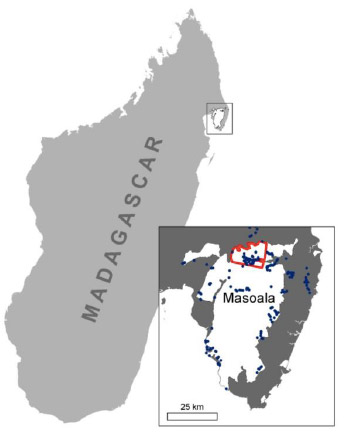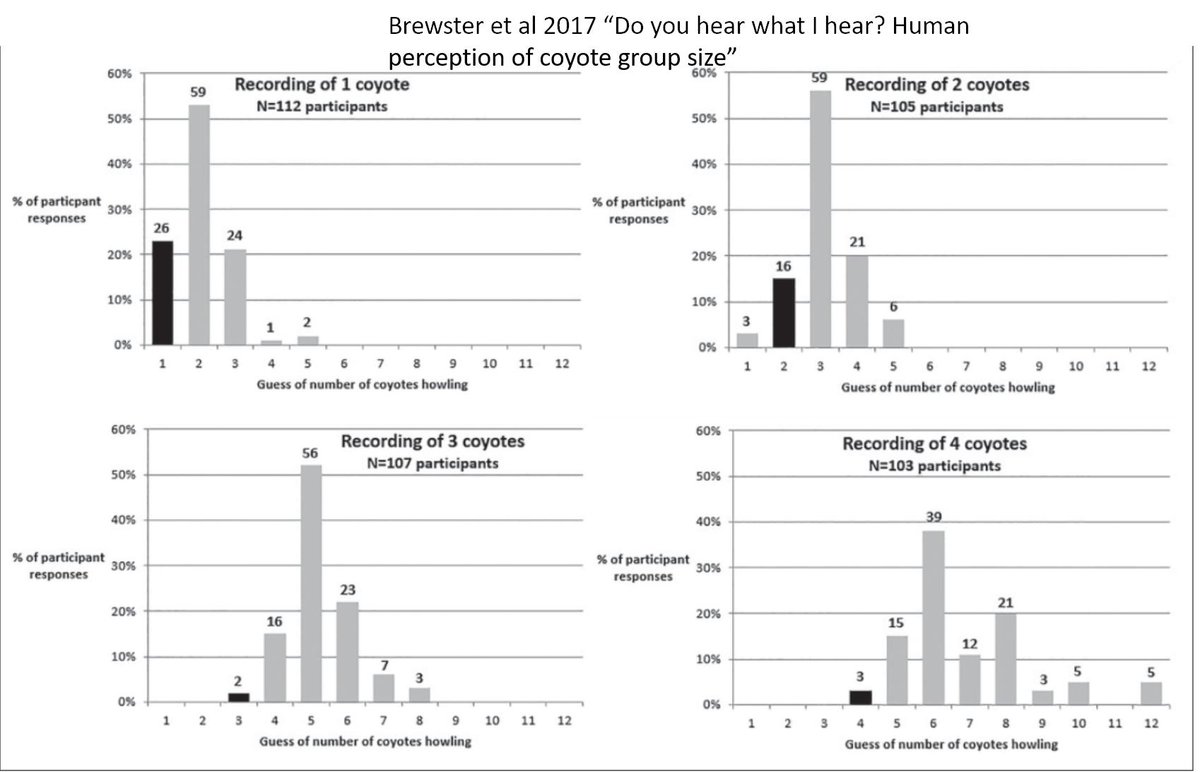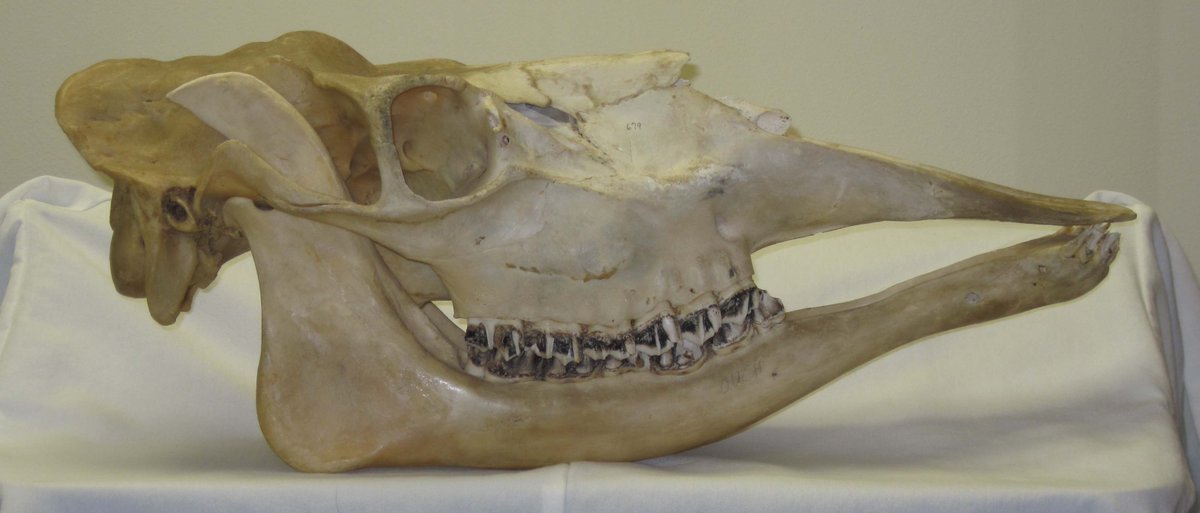
Next up: #4 ranked Malagasy Striped Civet (Fossa fossana) vs. #13 ranked Solenodon (Solenodon paradoxus) #2021MMM 



This battle had a lot of help from @am_anatiala and genetic info from @StoneLab_ASU & @sexchrlab #2021MMM
Although the Striped Civet, aka the spotted fanaloka, is Madagascar's second largest carnivore, it's only the size of a house cat. It hunts small birds & mammals, frogs, crabs, & invertebrates (Goodman et al 2003) #2021MMM 

The Striped Civet's family, Eupleridae, is divided into 2 groups: the mongoose-like & civet-like. Within the civet-like group we also find the fosa (genus Cryptoprocta). The Striped Civet's *scientific* name is basically the Cryptoprocta's *common* name. #TricksyIndeed #2021MMM
But they aren't really closely related to African civet ! Analysis of DNA from 103 different species show that the Striped Civet is more closely related to mongooses (& hyenas!) than cats (Felinae): ncbi.nlm.nih.gov/pmc/articles/P… #2021MMM 
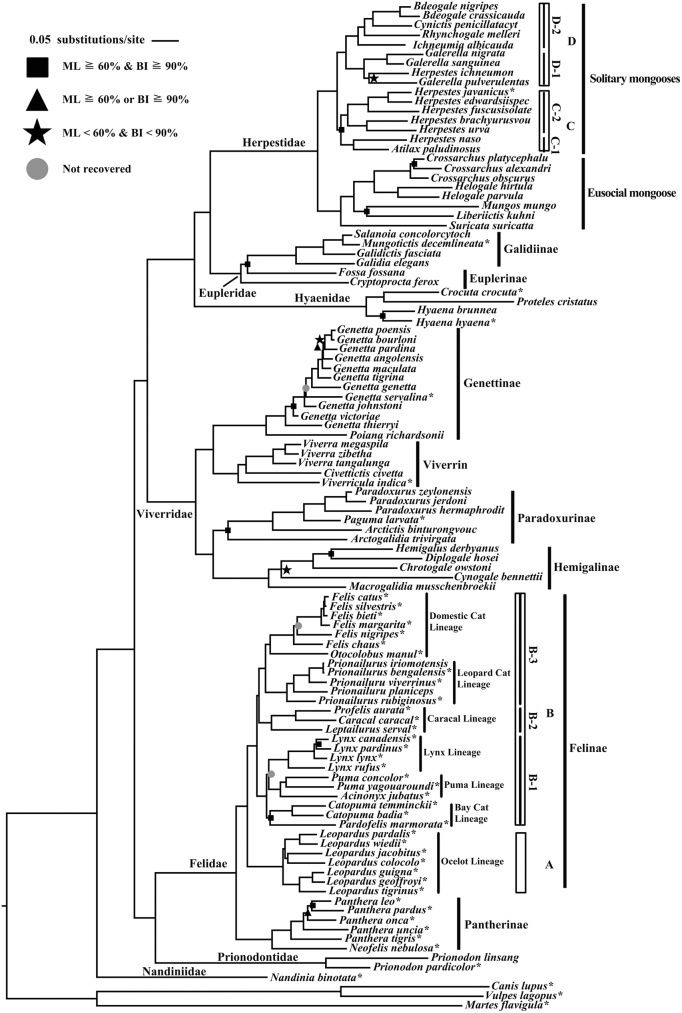
The Hispaniola Solenodon makes it home in bushy areas of the forests of this Caribbean island. At 1 kg they are probably the largest extant venomous terrestrial mammal. Fans of MMM may remember it from its lackluster performance in 2018 #CouldOfBeenAContender #2021MMM
The nocturnal Solenodon get their name from grooved incisor teeth, which let them channel venom from salivary glands into their victims (mainly bugs) making it one of the few venemous mammals. But we don't know much about its evolution #2021MMM 
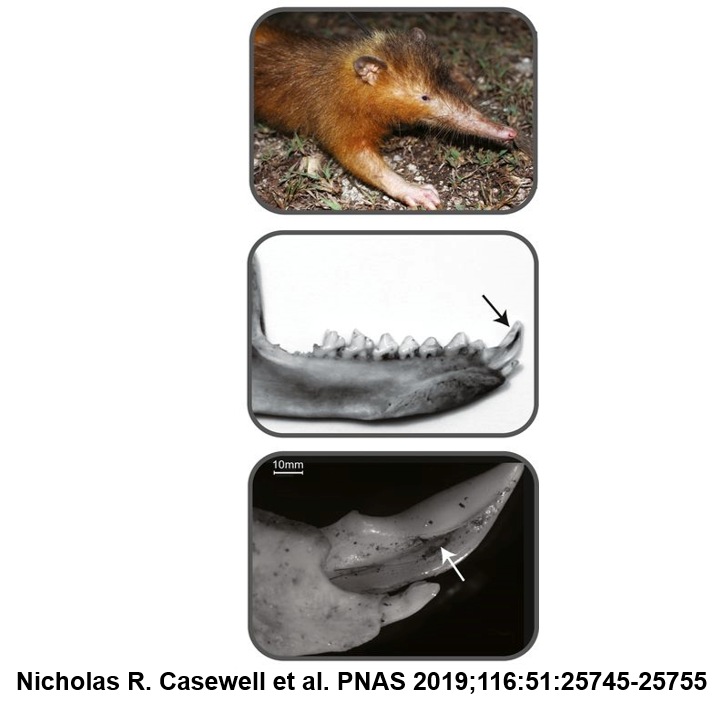
Where does Solenodon fit w/in mammals, you ask? DNA data shows it as the most basal eulipotyphlan (shrews, moles & erinaceids) diverging ~76 mya during the Cretaceous! nature.com/articles/natur… #2021MMM 

Solenodon is in the Family Soricomorpha ("shrew-shaped"). While some shrews are also venemous, solenodons & their close (extinct) cousins evolved this adaptation independently in their lineage! (Casewell et al 2019) #2021MMM
We are in Makira Natural Park, Madagascar. Many lemur species, an influx of feral cats & dogs, & 6 native carnivore species (including the Ring-tailed Vontsira #RIP) roam this ~4,000 km2 area (Farris et al 2015) #2021MMM 

Solenodon, newly arrived, ignores the noisy indri lemurs above & catches a small shrew tenrec, using its forepaws "to tear the exposed body distally. The carcass is thus torn to pieces & each piece is picked up & eaten in turn" (Eisenberg & Gould 1966) #2021MMM
Snuffling through the undergrowth, Striped Civet comes upon the distracted Solenodon. Solenodon looks very similar to the common tenrec, which could be a Striped Civet snack. The Striped Civet approaches the Solenodon, unaware that it venomous.... #2021MMM
Solenodon's evolved venom for subduing prey, not defense (Casewell et al 2019), so its best bet is to avoid confronting the Striped Civet at all. That is, if he knew it was there... pnas.org/content/116/51… #2021MMM
Plus, Solenodon isn't that great a runner. When danger comes all they can really do is "shamble along with the zigzag sidewise motions" (Verrill 1907) #SerpentineSerpentine #2021MMM.
The Striped Civet pounces...!! #2021MMM
At a giant pill-millipede! Bugs are 60+% of a Striped Civet diet, & a spiky, bitey tenrec is a bit more fight than Striped Civet wants to deal with. Striped Civet runs off the battle field with its tasty morsel. Solenodon continues eating in peace (Goodman et al. 2003) #2021MMM
• • •
Missing some Tweet in this thread? You can try to
force a refresh



